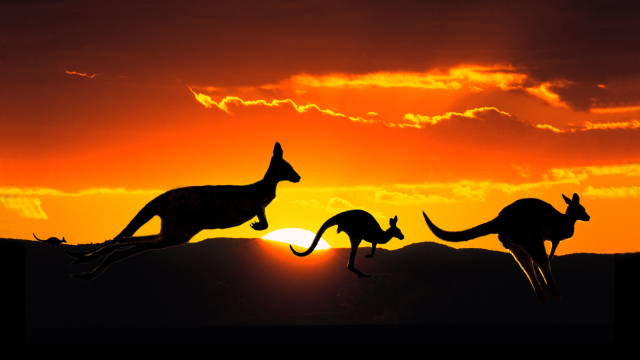Australia’s national science body, the CSIRO, is building a DNA library for every known Australian animal and plant species.
The DNA library will help researchers in monitoring Australia’s biodiversity for pests and issues affecting life in their environments.
“Monitoring biodiversity and detecting pests is extremely important, but it’s hard to do and is expensive in a country as large as Australia,” said Doctor Jenny Giles, the director of the CSIRO’s National Biodiversity DNA Library.
“eDNA surveys could change that by allowing us to detect animals, plants and other organisms from traces of DNA left behind in the environment, but only if we can reliably assign this DNA to species.”
The news comes at an interesting time for Australia’s biodiversity. This week, the federal government announced a pledge to end extinctions over the next decade, as part of the Threatened Species Action Plan. The World Animal Foundation reports that, internationally, we are losing species at 1,000 to 10,000 times the natural background rate and that we could lose half of all species by the end of the century.
No doubt, the work of science bodies like the CSIRO, in particular research and databases like this DNA library, will be instrumental in halting extinctions and preventing Australia’s unique flora and fauna from disappearing.
“eDNA surveys are increasingly being used to detect and monitor species, but only a tiny fraction of Australian species have sufficient reference data available to support this approach. This means most eDNA we collect can’t currently be assigned to a species,” added Giles.
“Our National Biodiversity DNA Library aims to provide this missing data through an open-access online portal, that will allow Australian state and federal governments, industry, researchers and citizen scientists to take full advantage of this powerful technique to describe and detect changes in our environment.”
The first part of this DNA library will have funding provided by the Minderoo Foundation, a philanthropic organisation based on driving change on tough, persistent issues. In this first part, all species of Australian marine vertebrates, including fishes, whales, dolphins, seals, turtles, sea snakes and inshore sea and aquatic birds will be the focus.
Additionally, the library will be built out using the CSIRO’s unique laboratory techniques. The organisation will gather data from specimens within the CSIRO’s collections and will also work with Bioplatforms Australia and natural history collections to build up DNA sequences.
“This technology enables the large-scale generation of DNA reference sequences from preserved specimens of any organism. This miniaturised, high-throughput approach can unlock genetic information from the millions of scientific specimens preserved in Australian research collections,” added Giles.
The CSIRO expects the first online data release from the DNA library to be available by early 2024.
You can read more on the CSIRO website.
